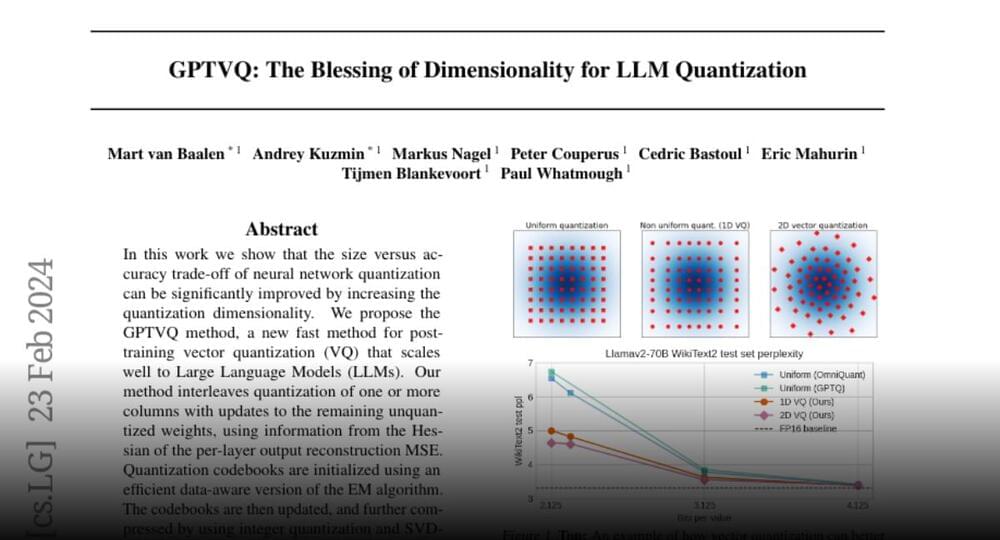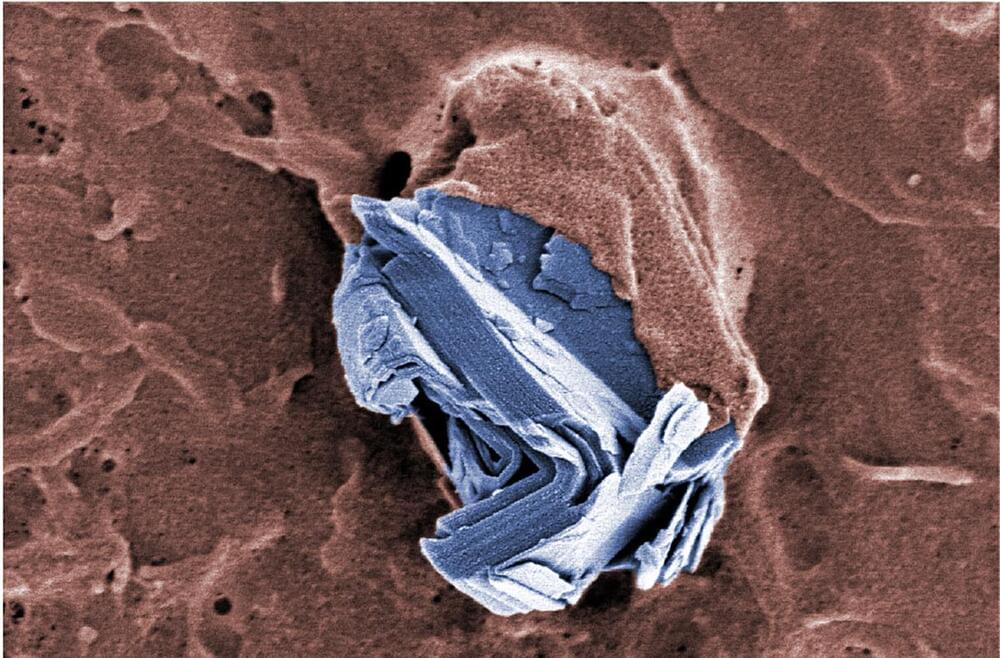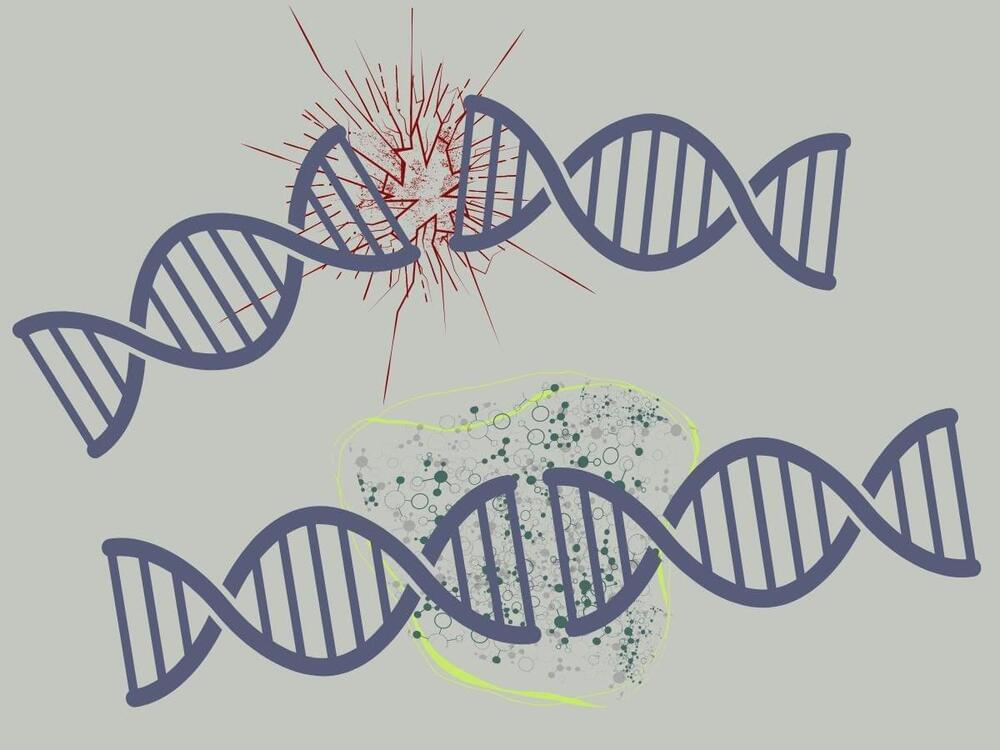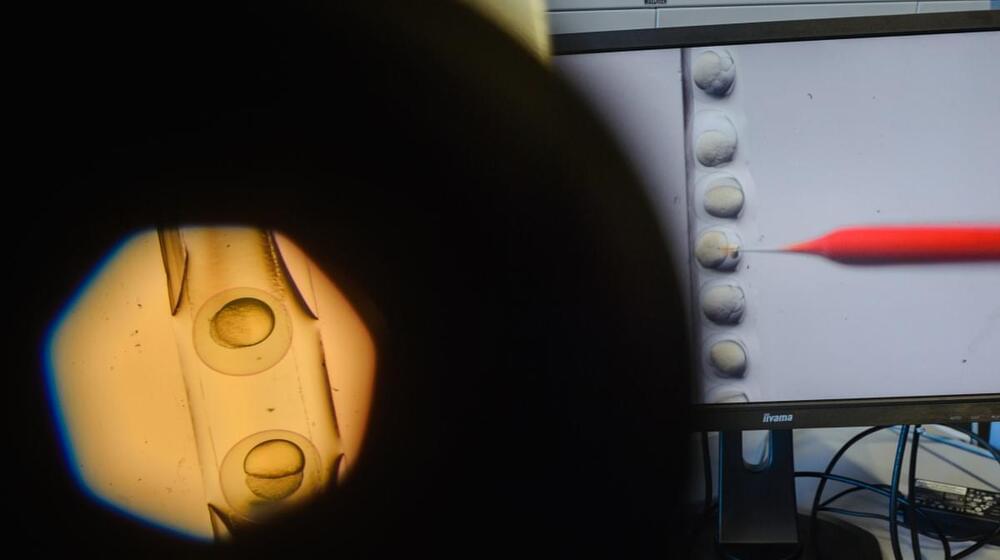Page 1046
Feb 26, 2024
The Limits of Math: Study Shows Forests Are More Complex Than Thought
Posted by Dan Breeden in category: mathematics
Scientists have found that the growth patterns of trees in a forest differ significantly from the way branches expand on an individual tree.
Nature is full of surprising repetitions. In trees, the large branches often look like entire trees, while smaller branches and twigs look like the larger branches they grow from. If seen in isolation, each part of the tree could be mistaken for a miniature version of itself.
It has long been assumed that this property, called fractality, also applies to entire forests but researchers from the University of Bristol have found that this is not the case.
Feb 26, 2024
The Family of Imagers Trusted by Scientists for More Than 20 Years
Posted by Dan Breeden in category: innovation
The family of imagers scientists around the world have trusted for more than 20 years to deliver exceptional data quality.
Whatever your needs, the Odyssey family has an imaging solution to enable you to make breakthrough discoveries with confidence.
Feb 26, 2024
Graphene research: Numerous products, no acute dangers
Posted by Dan Breeden in categories: health, neuroscience
Think big. Despite its research topic, this could well be the motto of the Graphene Flagship, which was launched in 2013: With an overall budget of one billion Euros, it was Europe’s largest research initiative to date, alongside the Human Brain Flagship, which was launched at the same time.
The same applies to the review article on the effects of graphene and related materials on health and the environment, which Empa researchers Peter Wick and Tina Bürki just published together with 30 international colleagues in the journal ACS Nano; they summarize the findings on the health and ecological risks of graphene materials, the reference list includes almost 500 original publications.
A wealth of knowledge—which also gives the all-clear. “We have investigated the potential acute effects of various graphene and graphene-like materials on the lungs, in the gastrointestinal tract and in the placenta—and no serious acute cell-damaging effects were observed in any of the studies,” says Wick, summarizing the results.
Feb 26, 2024
Molecular ‘Super Glue’? How Our Body Repairs Broken DNA
Posted by Dan Breeden in categories: biotech/medical, life extension
We don’t exactly know why we age; we know what aging looks like —the “symptoms”, so to speak— but the root causes remain foggy. One leading hypothesis is that the changes associated with old age, both external and internal, are a result of accumulating DNA damage. As this damage builds, cellular functions begin to break down and important pathways start going haywire.
One of the most extreme forms of DNA damage is the double-strand break, which happens when a strand of DNA snaps in half, leaving two separate slivers floating around. Left unfixed, these strands can snag at and break chromosomes, leading to diseases like cancer and other disorders. But how the body repairs this kind of wreckage has been a source of mystery. Now, scientists at the Dresden University of Technology have managed to shine a light on the process. Published in Cell, their work offers important new insights that may eventually help treat, and possibly reverse, DNA damage.
Feb 26, 2024
Quantum Computing Breakthrough: New Fusion of Materials Has All the Components Required for a Unique Type of Superconductivity
Posted by Dan Breeden in categories: computing, particle physics, quantum physics
A new fusion of materials, each with special electrical properties, has all the components required for a unique type of superconductivity that could provide the basis for more robust quantum computing. The new combination of materials, created by a team led by researchers at Penn State, could also provide a platform to explore physical behaviors similar to those of mysterious, theoretical particles known as chiral Majoranas, which could be another promising component for quantum computing.
The new study was recently published in the journal Science. The work describes how the researchers combined the two magnetic materials in what they called a critical step toward realizing the emergent interfacial superconductivity, which they are currently working toward.
Feb 26, 2024
Engineering the Unbreakable: MIT’s Microscopic Metamaterials Defy Supersonic Impacts
Posted by Dan Breeden in categories: engineering, space travel
High-speed experiments can help identify lightweight, protective “metamaterials” for spacecraft, vehicles, helmets, or other objects.
An intricate, honeycomb-like structure of struts and beams could withstand a supersonic impact better than a solid slab of the same material. What’s more, the specific structure matters, with some being more resilient to impacts than others.
That’s what MIT engineers are finding in experiments with microscopic metamaterials — materials that are intentionally printed, assembled, or otherwise engineered with microscopic architectures that give the overall material exceptional properties.
Feb 26, 2024
MIT student creates device that is able to search the entire internet using just his mind
Posted by Dan Breeden in categories: internet, wearables
A Massachusetts Institute of Technology (MIT) student has created a device that allows humans to communicate with machines using our minds — and it truly is incredible.
Arnav Kapur created a device called AlterEgo, which is a wearable type of headset that allows users to communicate with technology without even speaking a word.
So how does it work?
Feb 26, 2024
Questions about historic approval of a CRISPR-based medicine
Posted by Dan Breeden in categories: bioengineering, biotech/medical
In November last year, UK approved a therapy that uses the CRISPR gene editing tool to treat sickle cell disease and β-thalassaemia.
Feb 26, 2024
Einstein’s gravity and quantum mechanics united at last?
Posted by Dan Breeden in category: quantum physics
“Our task,” Fedorov wrote, “is to make nature, the blind force of nature, into an instrument of universal resuscitation and to become a union of immortal beings.”
Fedorov’s writing never turned mainstream, but it did spawn a short-lived, visionary philosophical movement known as Cosmism. Materialized during the Industrial Revolution — a time of unprecedented societal change — the movement generally sought to redefine mankind’s relationship with technology and progress, with the ultimate goal of regulating the forces of nature so that humanity could achieve unity and immortality. The movement offered a more spiritual alternative to both futurism and communism.
Although the latter annihilated Cosmism before it had a chance to mature, its maxims have acquired new relevancy in the age of Big Tech. The following interview with Boris Groys, a distinguished professor of Russian and Slavic studies at New York University and editor of the new book Russian Cosmism, reveals why.


















